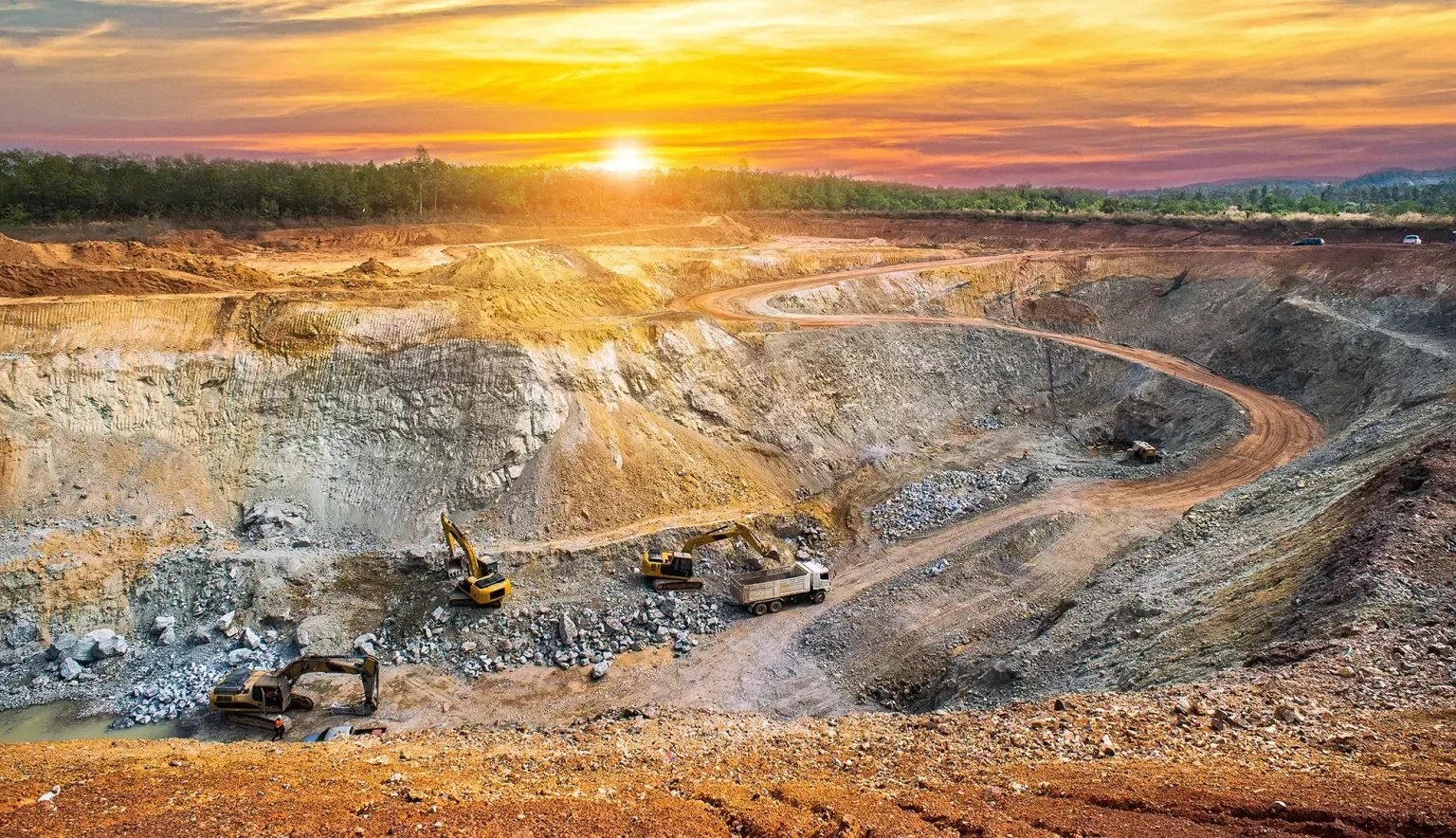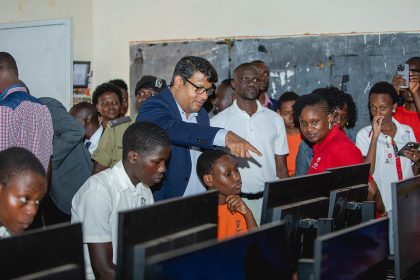We talk to Chamber of Mines DRC, who are plumbing the depths of a flourishing mining industry in the Democratic Republic of Congo as a global leader in green mineral resources.
- INTRODUCTION
- INTERVIEW: CHAMBER OF MINES DRC
- Can you talk us through the origins of the Chamber – how it came about, and its initial vision?
- Since inception, how has the Chamber developed and progressed in terms of its key objectives and the messages it tries to get across?
- What do you find most exciting about the mining industry in DRC?
- On the flip side, what are its biggest challenges?
- Has the Chamber got any projects in the pipeline you wish to highlight?
- How do you see the mining industry in DRC developing over the next five years?
INTRODUCTION
In the Central African nation of the Democratic Republic of Congo (DRC), mining has long been the backbone of the country’s economic activity. Since gaining independence in 1960, the extraction of minerals including copper and diamonds has represented the cornerstone of the formal economy. To this day, mining accounts for nine-tenths of DRC’s total exports.
Blessed with an unparalleled wealth of mineral deposits, such natural treasures hidden beneath the soil are what first attracted European powers to the country in the 19th century. Katanga Province represents the hotbed of this activity, as an area abundant with deposits of copper, cobalt, zinc, manganese and coal, to name just a few. Meanwhile, the central regions of DRC boast world-class industrial diamonds, complemented by the gem-quality stones found in the south-central region. As of 2019, DRC represented the world’s third largest producer of industrial diamonds, contributing to approximately 21 percent of global production. DRC’s copper resources continue to attract global attention from international mining companies, primarily along the copper belt carving through the country’s south. Elsewhere, the limestone deposits that can be found throughout DRC account for some of the richest in Africa.
Today, DRC has a major role to play in the decarbonisation of the global economy, as one of the world’s largest producers of green metals. One such critical resource is cobalt – a key ingredient used in technological applications, and as a component in the batteries for electric vehicles (EVs). As electrification continues to sweep the globe, cobalt demand is only increasing. With DRC accounting for the production of over 70 percent of the global cobalt supply, the industry is well-positioned to take advantage of this shift. However, improvement is needed industry-wide, since a significant portion of Congolese cobalt production is undertaken by artisanal and small-scale mining (ASM) operations, which come fraught with safety and human rights complications.
With the country continuing to undergo rapid urban development, as witnessed by the major growth of the commercial and industrial centre of Kinshasa, the mining industry represents a key economic driver at the intersection of industrial, residential, and agricultural development.
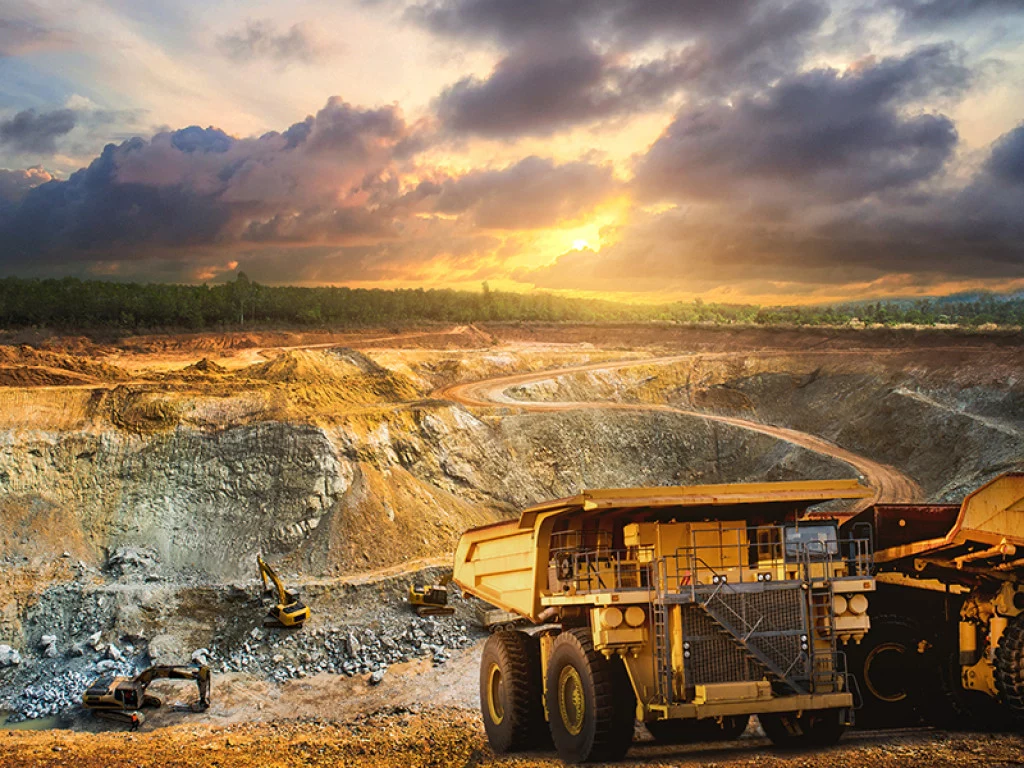
INTERVIEW: CHAMBER OF MINES DRC
The industry voice dedicated to strengthening the mining sector in the Democratic Republic of Congo, we explore the ongoing mission of the Chamber of Mines DRC with President, Louis Watum.
Can you talk us through the origins of the Chamber – how it came about, and its initial vision?
Louis Watum, President (LW): The Chamber of Mines is an organisation that was created within the Fédération des Enterprises du Congo (FEC) to drive the related works of the mining sector in the Democratic Republic of Congo (DRC).
On the 24th March 2011, the Chamber replaced the National Commission of Mines, when at the end of its statutes, the FEC granted a grouping of mining societies with a compliant denomination. This new designation has given them, amongst others, the opportunity to join l’Association des Industries Minières de l’Afrique Australe (MIASA).
Since inception, how has the Chamber developed and progressed in terms of its key objectives and the messages it tries to get across?
LW: The Chamber of Mines involves its members in diverse activities. It secures partnerships with several organisations and initiatives concerned with cleaning up the sector. Today, we have a site online through which we communicate all of our activities, as well as those of our members. Since the end of 2021, we have organised quarterly press conferences in order to communicate more.
What do you find most exciting about the mining industry in DRC?
LW: The mining industry has a human face and soul. It creates thousands of jobs for ordinary men and women who accomplish extraordinary performance. It also improves the lives of local communities with regards to primary healthcare, education and food security and empowers local talent – whether in business-based jobs, or through the construction of infrastructure such as roads, railways, hydropower stations or ports. Finally, it brings significant revenue to the state’s coffers and is the main driver of the country’s economic growth.
Agriculture can only be effective when you have roads, railways and electricity, and history has taught us that these ingredients are initially introduced by mining activity. There is plenty of mining activity in the past that confirms this, in creating the infrastructure that supports agricultural development. For instance, the Charleroi Belgium coal mines, the Ruhr coal basin in Germany, and the Witwatersrand gold fields in South Africa. Closer to home, we have the Kaniama Kasese agricultural centre, located 800 kilometres northwest of Lubumbashi, which is a great producer of maize. The centre dates back to the activities of what was then the Union Minière, which has evolved today to become Gecamines.
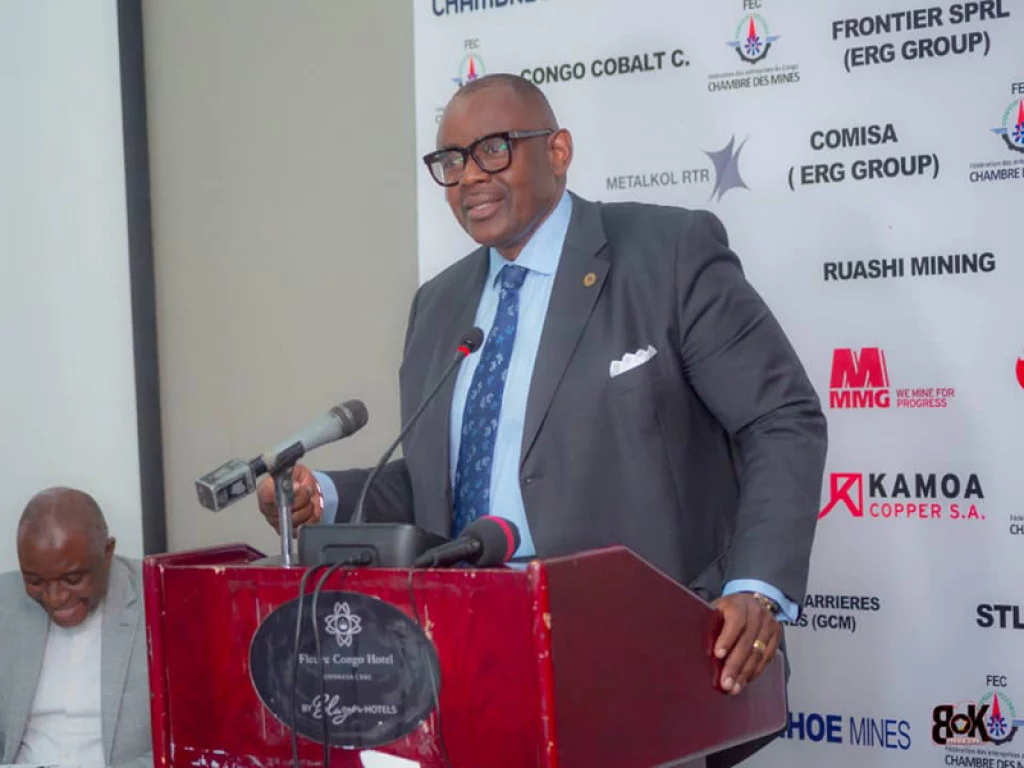
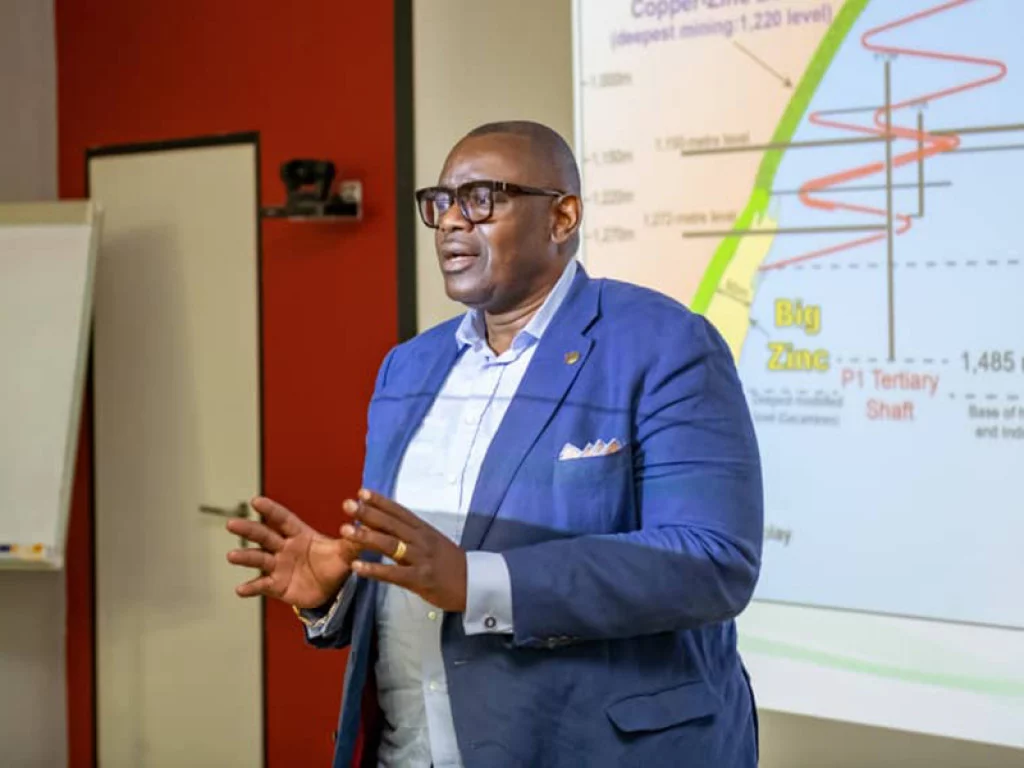
On the flip side, what are its biggest challenges?
LW: The biggest challenges of the mining industry remain energy deficits, poor infrastructure, artisanal mining, and the capacity to attract greenfield exploration dollars. The implementation of the regulatory framework also remains a challenge since some clauses remain open to interpretation which leads to unnecessary time and energy spent on litigation.
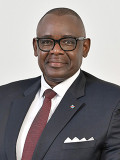
“DRC will remain a prime destination for mining investment thanks to its mineral endowment, which is second to none on this planet”
Louis Watum, President, Chamber of Mines DRC
Has the Chamber got any projects in the pipeline you wish to highlight?
LW: There are a number of projects that are currently being developed by our members. One key development is Ivanhoe Mine’s partnership with Zijn and the DRC state. After launching production at its flagship Kamoa – Kakula copper project one year ago, the mine has successfully commissioned its second phase of expansion and is already ranked fourth in the world with a production of 450,000 tonnes of copper contained in concentrate. Works are in progress for the construction of a direct-to-blister flash smelter with a capacity of 500,000 tonnes per annum to produce pure 99 percent blister copper. The third phase is due to come into production in 2024, and will take production to 600,000 tonnes per annum. This will see the mine ranked third in the world.
Ivanhoe Mines has also entered a partnership with Gecamines. The Kipushi Mine, a legendary polymetallic producer of copper, zinc, silver, and germanium, was recognised in its heyday as the world’s richest copper mine. Now, it is on a two-year timeline to recommence underground mining operations, as well as build and commission a new concentrator facility on the surface with an annual processing capacity of 800,000 tonnes of ore. This will produce on average 240,000 tonnes of zinc contained in concentrate, to become the world’s highest-grade major zinc mine with an average grade of 36.4 percent zinc over the first five years of production.
There are also exciting developments on the energy front. In order to meet the power demand of the mining industry, a number of local private operators are rising to the challenge.
To name a few, local entrepreneur and pioneer Eric Monga, through his Kipay investment company, is developing a 150 megawatt (MW) hydropower station in Upper Katanga, to supply the mining industry with clean and reliable green power. The same goes for Tembo power, which is developing 70 MW with a new hydropower capacity in Lualaba province.
Whilst all these initiatives are in the pipeline, the Chamber continues to channel a constructive interaction between key stakeholders in the tripartite government, Chamber of Mines, and civil society to create greater ESG consciousness, see the government implement a clear mining vision, as well as establish a business-friendly regulatory framework, and ensure the understanding by all parties that they not only have rights, but also obligations to fulfil.
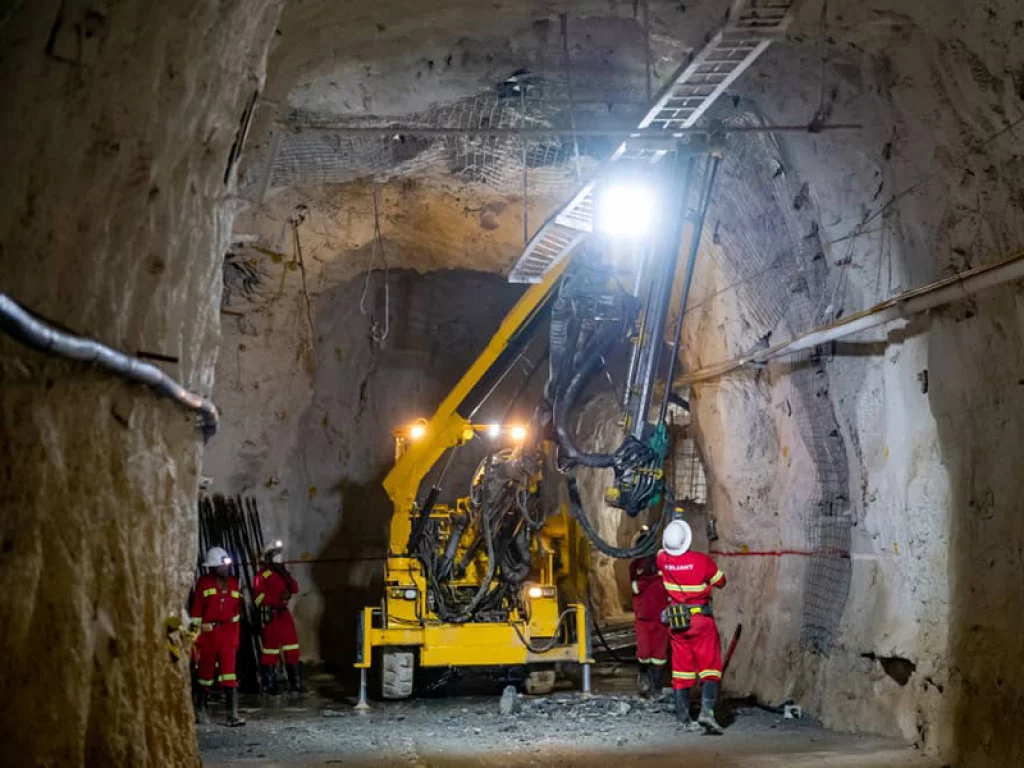
How do you see the mining industry in DRC developing over the next five years?
LW: Looking at the negative shocks on the world stage such as the COVID-19 pandemic, climate change, and the international geopolitics seen with the Russia-Ukraine war, one must be very cautious when making medium- and long-term projections on how the mining industry in DRC will develop.
Be that as it may, DRC will remain a prime destination for mining investment thanks to its mineral endowment, which is second to none on this planet. Most importantly, this is particularly the case with the green metals needed to decarbonise the world economy (copper, cobalt, lithium, coltan, nickel, manganese, zinc, etc.), its immense hydropower potential, as well as its exceptional human capital.
The mining industry will more likely remain a key driver of economic growth at more than six percent a year.
The trend seen in recent years of increased production in base metals (copper and cobalt in particular) year on year will continue as new projects are expanding and reaching full capacity, and those in the exploration stage are progressively commissioned.
The mineral resources nationalism trend that is currently being seen around the globe will also influence policy making in DRC and, as a consequence, there will be more focus on accountability of key stakeholders in the DRC mining industry, i.e. the tripartite comprising government, mining operators, and civil society, particularly when it comes to ESG and the betterment of local communities.
Besides the traditional copper belt, assuming that peace and stability prevail, new mining activity frontiers are likely going to open up in the eastern part of DRC with green metals such as lithium, coltan and rare earth metals.
Key challenges to address will remain on infrastructure, energy deficit, artisanal mining, and the capacity to attract greenfield exploration dollars. Addressing these challenges will require strong cooperation between the public and private sector as well as civil society.



